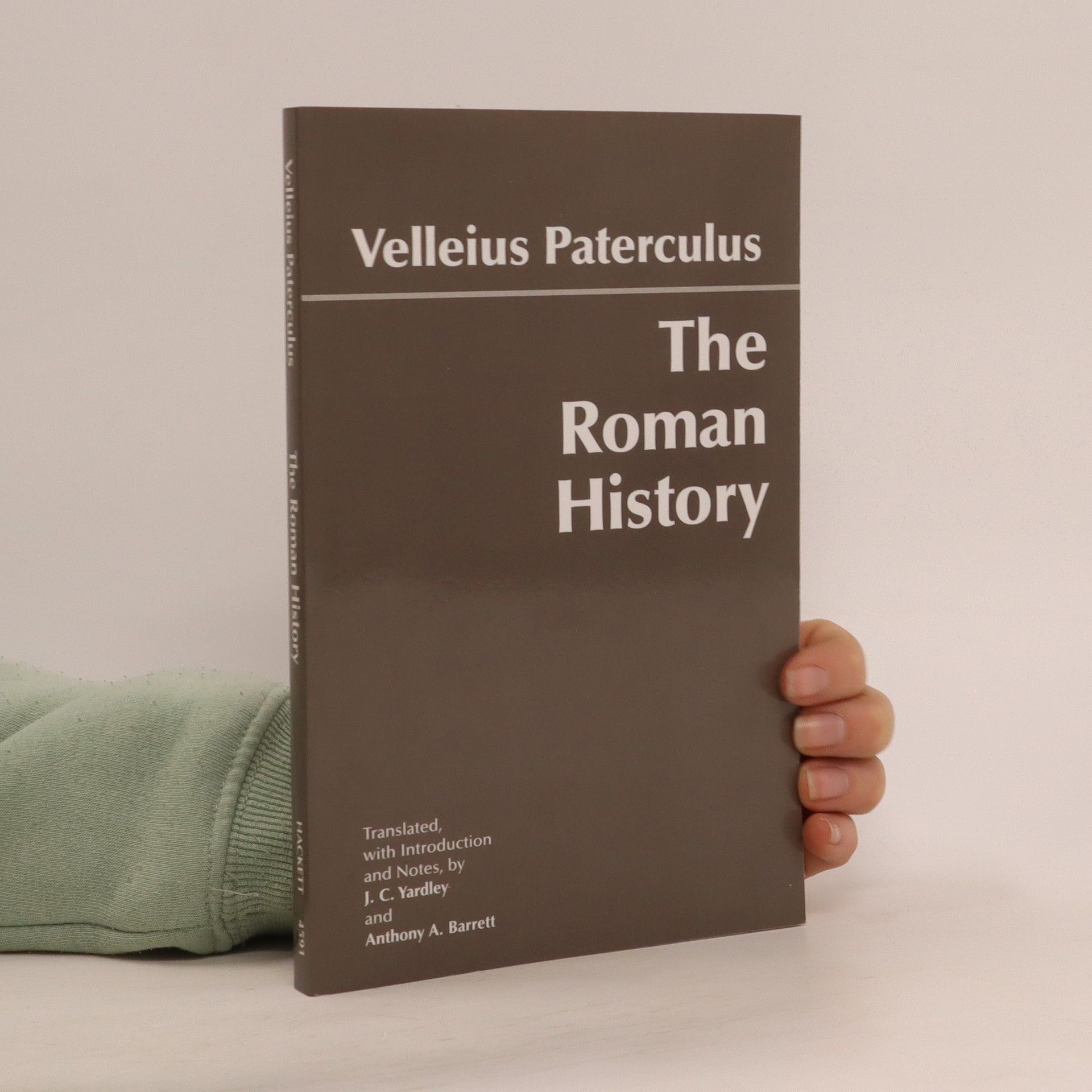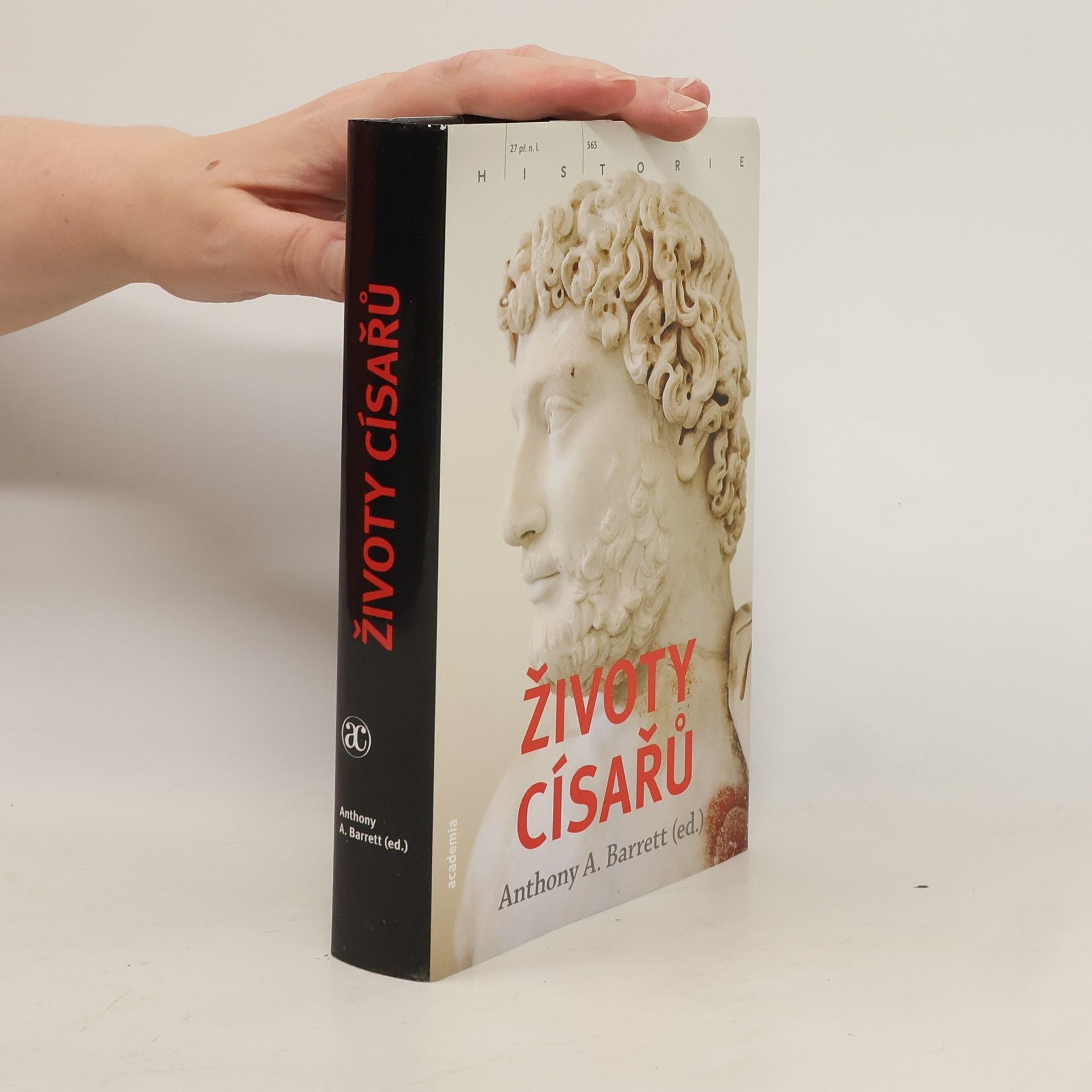The Emperor Nero
- 336pages
- 12 heures de lecture
Nero's reign (AD 54–68) witnessed some of the most memorable events in Roman history, such as the rebellion of Boudica and the first persecution of the Christians―not to mention Nero's murder of his mother, his tyranny and extravagance, and his suicide, which plunged the empire into civil war. The Emperor Nero gathers into a single collection the major sources for Nero's life and rule, providing students of Nero and ancient Rome with the most authoritative and accessible reader there is.The Emperor Nero features clear, contemporary translations of key literary sources along with translations and explanations of representative inscriptions and coins issued under Nero. The informative introduction situates the emperor's reign within the history of the Roman Empire, and the book's concise headnotes to chapters place the source material in historical and biographical context. Passages are accompanied by detailed notes and are organized around events, such as the Great Fire of Rome, or by topic, such as Nero's relationships with his wives. Complex events like the war with Parthia―split up among several chapters in Tacitus's Annals ―are brought together in continuous narratives, making this the most comprehensible and user-friendly sourcebook on Nero available.






